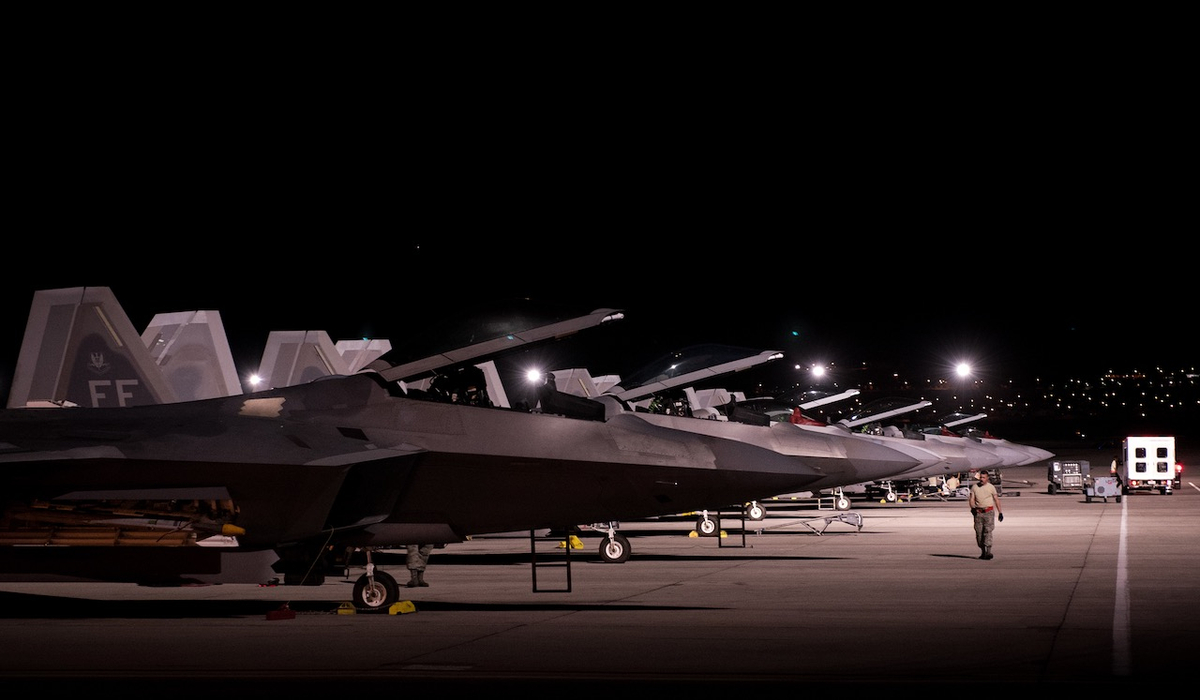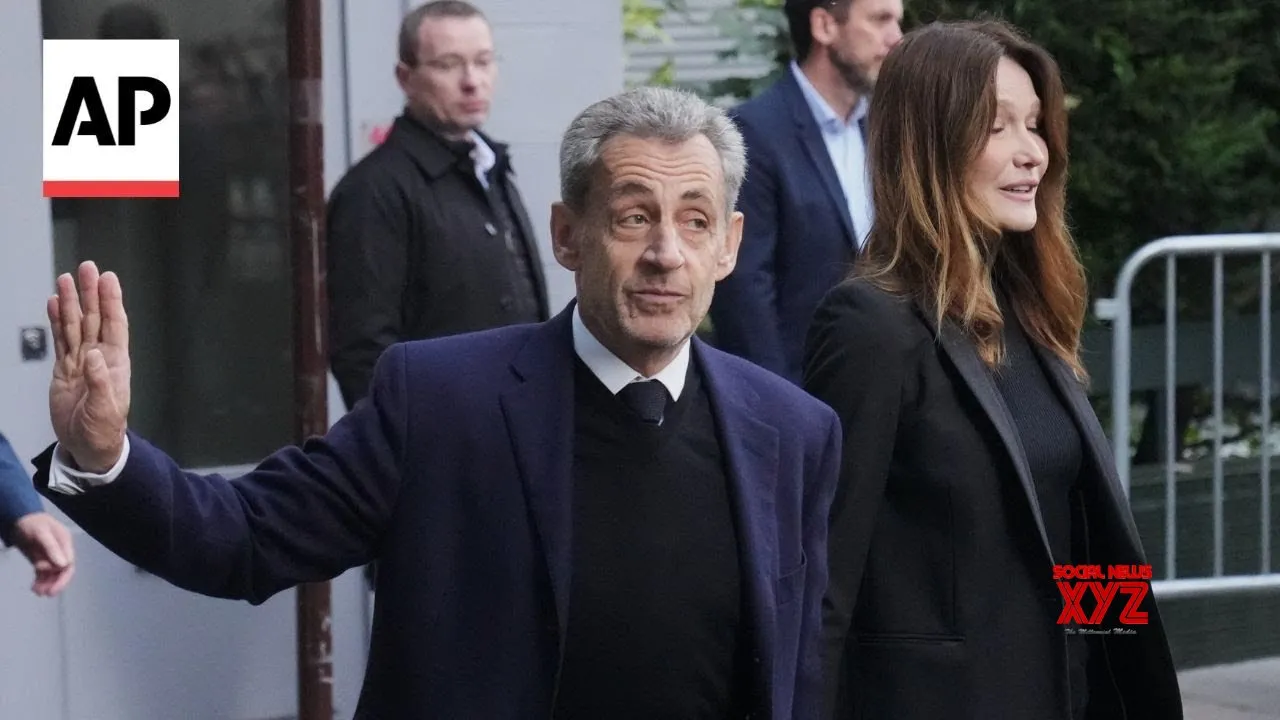Copyright kyivpost

For three consecutive nights, a sophisticated aerial menace – drones described by officials as “larger-type” aircraft flying at high altitudes – has breached the restricted airspace over Belgium’s Kleine-Brogel airbase. The repeated incursions have landed squarely in the lap of Belgium’s fragile five-party coalition government, currently locked in tense negotiations over its 2026 federal budget and crucial defense spending commitments. Defense Minister Theo Francken didn’t mince words about the gravity of the threat, calling the surveillance a “clear mission targeting Kleine-Brogel,” not merely a random overflight. Failed interception The most concerning incident unfolded Saturday evening and continued into Sunday. Francken confirmed in a social media post that three separate reports were received overnight. The presence of the suspected drones – which forced the suspension of flights for a critical 20-minute period – triggered an immediate but unsuccessful response. A military-grade drone jammer was deployed in an attempt to neutralize the threat but failed, possibly due to the targets’ high altitude or specific radio frequencies. Compounding the security failure, a joint pursuit by police vehicles and a military helicopter lost the drone after several kilometers as it reportedly flew north toward the Dutch border. “A drone jammer was used, but without success,” Francken stressed. “A helicopter and police vehicles pursued the drone, but lost it after several kilometers.” ‘Clear Command’ for Espionage Kleine-Brogel is one of Europe’s most sensitive military installations. It currently hosts US-made nuclear-capable F-16s and is slated to receive advanced F-35 jets starting in 2027, making it a pivotal piece in NATO’s nuclear deterrence strategy. Francken explicitly framed the sightings as an espionage operation intended to probe the base’s defenses and assets. “They come to spy, to see where the F-16s are, where the ammunition is, and other highly strategic information,” Francken told local media, confirming what military officials have long feared: Belgium’s critical NATO infrastructure is being actively monitored. He noted that the “long time” one of the drones spent observing the base suggested a deliberate intelligence-gathering exercise. The investigation is now underway, with Francken due to meet police next week to “assess the threat and take the necessary steps to find and arrest the drone pilots.” The incident is the latest in a series of breaches—including sightings over military terrains in Leopoldsburg and the Elsenborn base near the German border, as well as civilian airports – but its timing is politically explosive. Francken is set to present a new $58 million plan next week to rapidly deploy a national Counter-Unmanned Aircraft System (CUAS), funding detection systems, jammers, and “drone guns.” The failure of existing countermeasures at Kleine-Brogel provides immediate, unassailable evidence for why that money must be found in the constrained budget environment, where defense spending is often politically contentious. NATO’s new front: The ‘drone wall’ debate While Francken stopped short of directly blaming Moscow, the implication was unmistakable. “The Russians are trying to do this in all European countries,” he noted, linking the Belgian breaches to a wider pattern that includes Russian drones intercepted over Poland and Romania, and aerial disruptions at airports across Denmark, Norway, and Germany. The incursions underscore the growing debate among EU leaders over the feasibility of a continental “drone wall” to fortify Europe’s eastern flank. The idea – gaining momentum after recent aggressive Russian air incursions into NATO airspace – is to create a continent-wide defense network combining radars, jammers, and interceptors. Retired US Army Col. Richard Williams, a former deputy director in NATO’s Defense Investment Division, weighed in on the crisis, suggesting the breaches could prove beneficial in the long run by forcing faster adaptation. “Reinforcement and long-term enhancement of its counter-unmanned aerial systems (CUAS) will have a positive impact on Belgian and NATO’s anti-drone network and potentially accelerate planned F-35 deployment to Belgium,” Williams told Kyiv Post on Sunday. He concluded that this scaled-up shootdown capability would be a “net gain for the alliance.” For now, the identity of the pilots behind the controls remains a mystery. But for Brussels, the message delivered over three nights is stark: “War is truly a drone war, and the Defense Department really needs to prepare for that.”



